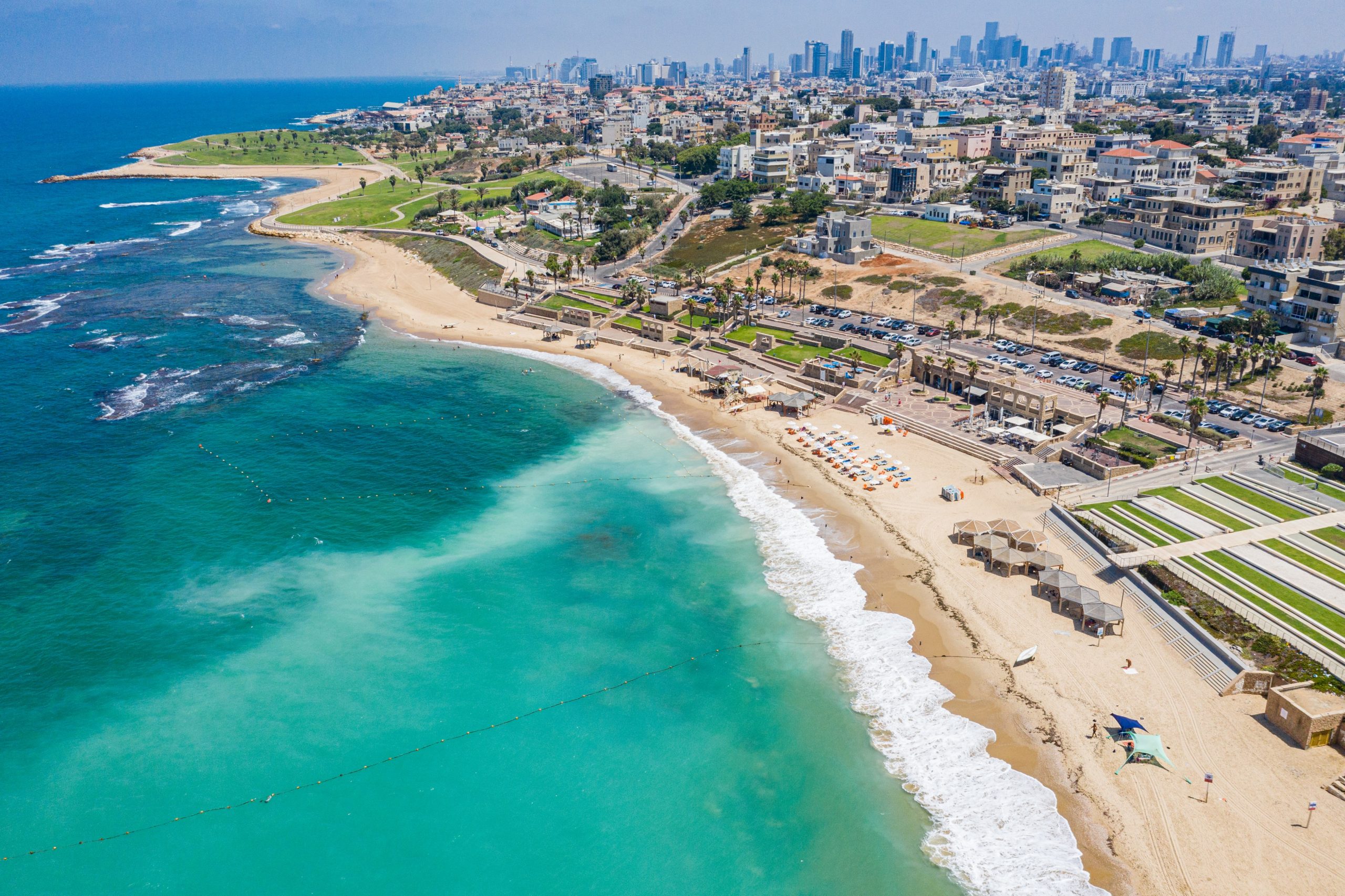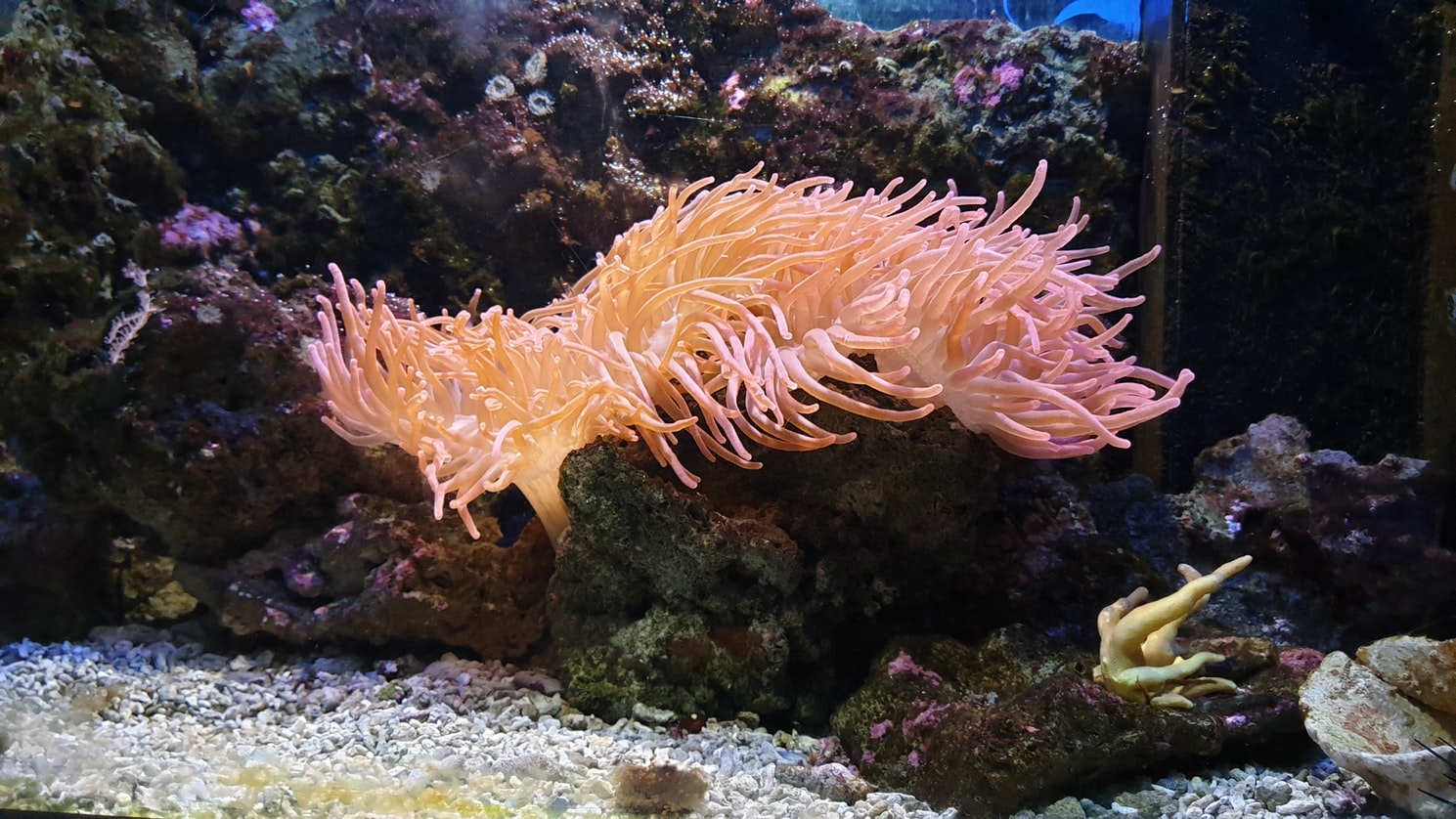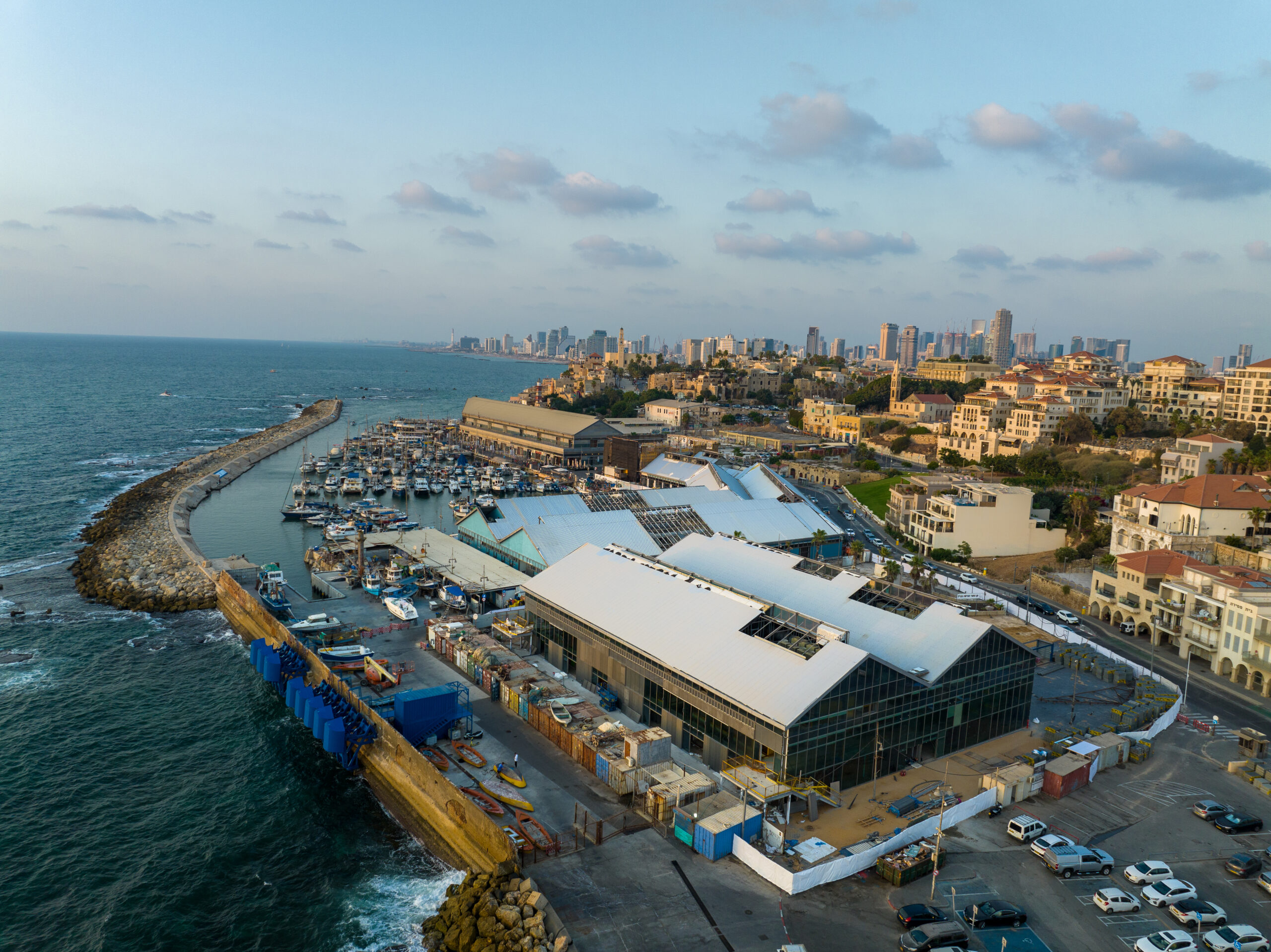The Treasure Trove of the Sea – The Marine Nature Reserve of Givat Aliya Beach

Did you know that right here, several minutes from your home, is hidden one of the most fascinating nature reserves in Israel?
The Tel-Aviv Jaffa Coastline is rich in diverse natural treasures, from the kurkar ridges, to the sandy beaches, abrasion platforms, beach boulders, etc. The richest of all sites is hidden in Givat Aliya Beach, which was recognized in the District Outline Plan as an approved nature reserve (not yet declared).
Givat Aliya is the southern most beach in Tel-Aviv Jaffa. Among the waves that break onto the sand, you can find more than a few treasures: the kurkar ridge, sandy beach with an immense diversity of shells and other remnants of living creatures, as well as rocky reefs.
The rocky reefs are the richest natural biological habitat in the eastern Mediterranean. The source of this diversity is a stable and diverse bed that the rock generates – surfaces, niches, caves and cracks. Essentially, these rocky reefs contain a wide range of ecological niches that offer various uses for living creatures such as hiding from predators or algae surfaces for grazing.
On the shores of Tel Aviv most of the rocky reefs are plateaus – kurkar rocks exposed to weathering by the ocean’s forces: waves, winds, currents and chemical weathering. These abrasion platforms are not the work of the sea itself. They are also built by animal species and algae that produce additional layers on top of the rock.
The abrasion platforms constitute a kind of natural breakwater, an attribute that is even more prominent in Givat Aliya coast, since in the rear side of the coast rises a kurkar cliff that is in the process of eroding.
The abrasion platforms are unique to the Givat Aliay beach. Here, the abrasion platforms are scattered at a distance of 5-60km from the coast and allow the general public convenient access to one of the most interesting and diverse habitats in Israel.
How rich? Below are several examples of the animals that you can encounter on the abrasion platform at Givat Aliya Beach:
Octopus
A type of shellfish. A skilled predator that hunts fish, crabs and other shellfish. With an impressive ability to camouflage itself that includes a change in color and body texture. Octopuses reach a size of approximately 100 cm.
Guitarfish
Cartilaginous fish from the Batoidea order. Eats invertebrates and small fish with the help of its mouth that is located in the lower section of its body. The guitarfish usually lives in shallow water and digs in the sandy soil for camouflage. The guitarfish grows to a size of approximately 120 cm. An endangered protected species.
Hexaplex
A predatory mollusk that bores a hole in shells and claims with an organ known as a scraper, paralyzing the prey through liquid it secretes through the hole. The Hexaplex is historically important since it was used throughout history to produce a blue dye used to dye the prayer shawl.
Hexaplex grow to a size of approximately 8cm.
The species is protected.
Seahorse
A fish with limited swimming ability that swims whose body is perpendicular to the water. The seahorse feeds on tiny crabs that it sucks with its elongated mouth. The female lays the eggs in a pouch in the male, and he protects them until they hatch.
Grows to a size of approximately 15 cm.
Protected species.
Blenny
A tiny fish that feeds off crabs, mollusks and seaweed. The blenny’s fins are finger-like and they rest on them. The name is derived from two horn-like protrusions at the tip of their head.
Grows to a size of approximately 7 cm.
Protected species.
Loggerhead Sea Turtle
The loggerhead sea turtle nests in the shores of Israel together with the green sea turtle. The loggerhead sea turtle can be identified by five scutes arranged in two rows next to the middle row (a green turtle has only 4). The loggerhead sea turtle is a predator with a varied diet.
The females loggerhead sea turtles return to lay eggs on the beach where they themselves hatched. They go out to the shore, dig a pit, lay eggs in it and return to the sea. About two months later the small turtles hatch and immediately enter the sea. In our area, brown sea turtles grow to a size of approximately 90 cm.
An endangered protected species
Crab
Crabs capable of staying a long time outside of water by storing water in the gill cavity and flow of air in order to oxygenate even if the crab is outside the body of water. The crab scrapes its food – seaweed – off the rocks using its pincers.
Grows to a size of approximately 4cm.
The Tel-Aviv Jaffa Municipality is currently formulating a plan to protect and renovate the nature site at Givat Aliya beach, including by supporting the kurkar ridge and removing marine waste.


